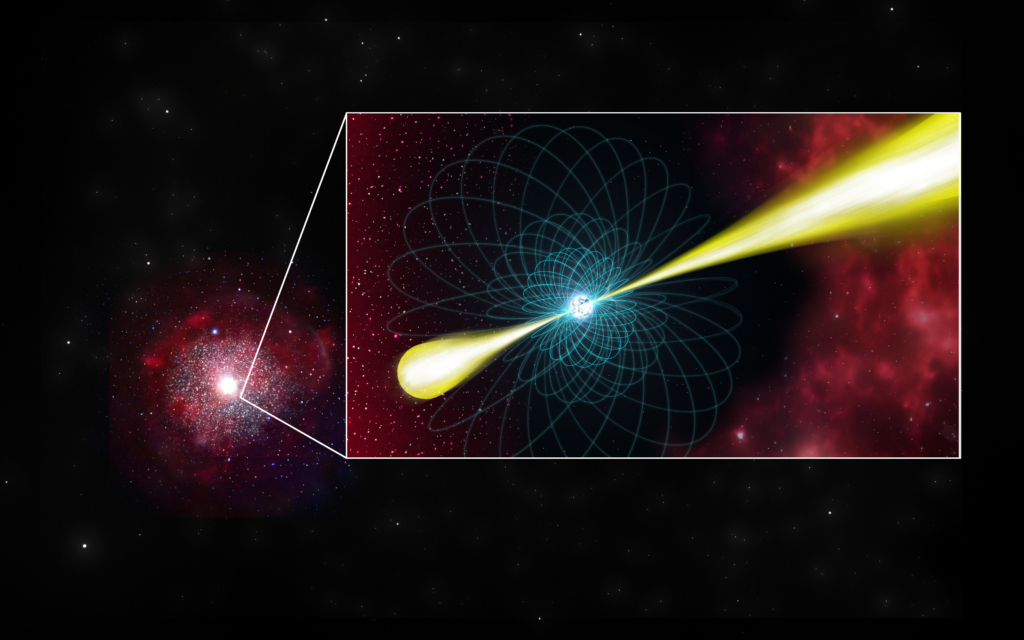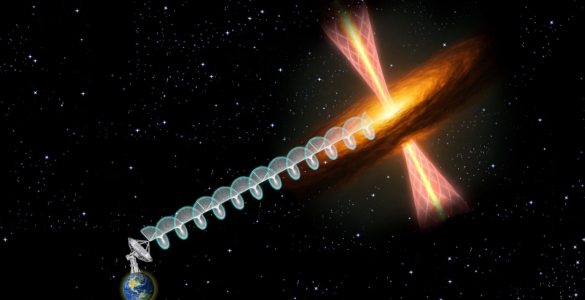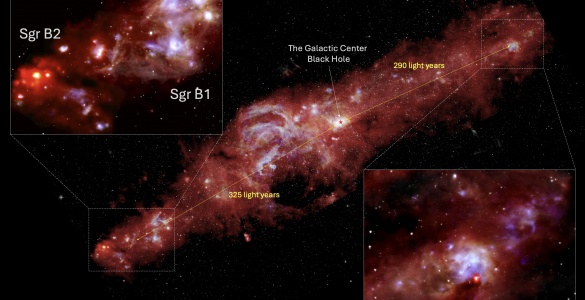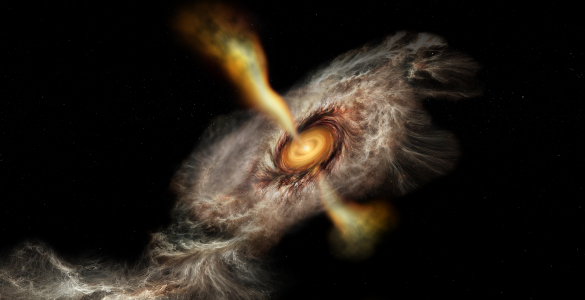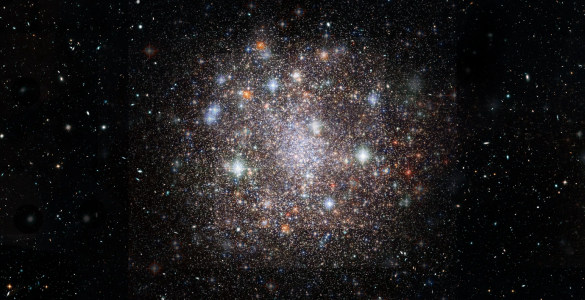A team of astronomers has found a new tool to discover pulsars. Pulsars are rapidly rotating neutron stars that blast out pulses of radiation at regular intervals ranging from seconds to milliseconds. These pulses help scientists learn more about the Universe, to test the curve of space time around black holes, detect gravitational waves, and probe the interstellar medium.
This search combined observations from the U.S. National Science Foundation (NSF) Karl G. Jansky Very Large Array, the VLA Low-band Ionosphere and Transient Experiment (VLITE), and archival data from the NSF Robert C. Byrd Green Bank Telescope. The U.S. Naval Research Laboratory (NRL) and the NSF National Radio Astronomy Observatory (NRAO) collaborated to develop VLITE. This experiment allows researchers to continually monitor the sky at low radio frequencies by piggybacking VLITE observations on nearly all observations using the VLA’s higher frequency receivers.
“It was exciting so early in my career to see a speculative project work out so successfully,” said Amaris McCarver, an undergraduate student at Texas Tech University, who will be the lead author on a paper submitted to the Astrophysical Journal, reporting these results.
“We used the VLITE data to search for candidate pulsars. After identifying the best candidate, GLIMPSE-C01, we reprocessed archival GBT pulsar data with new algorithms to confirm the discovery of a millisecond pulsar. After that, we followed up with new VLA observations to confirm its location and properties,” shares Tracy E. Clarke, an astronomer who coordinates VLITE for the Naval Research Laboratory (NRL). You can read the NRL press release on this science HERE.
“Tracy and I had been talking about doing this project for many years. Amaris started working with me during the academic year, doing similar searches on some all-sky surveys at higher radio frequency, and she immediately distinguished herself as an excellent research student, so I referred her to the NRL internship program, where she then conducted this work,” said Tom Maccarone, a professor at Texas Tech University.
By cross-matching existing all-sky catalogs at different wavelengths—rather than spending hours of costly observing that might not even find a pulsar—astronomers were able to identify strong pulsar candidates, one of which was confirmed by re-processing archival data using modern software. “Time and time again, new discoveries are being made from archival data. The value of these astronomical data archives couldn’t be more important,” adds Scott Ransom, an NRAO scientist who focuses on pulsar research. Since pulsar search data is so voluminous, the Green Bank staff did not archive those types of data for at least the first 15 years of GBT operations. This particular observation was saved on a raw hard-disk drive by Scott Ransom and stored on a shelf in his office. In recent years, the huge improvements in storage capacity have enabled the Green Bank Observatory to archive essentially all of the potentially priceless data from the GBT, and make them available to all researchers.
“This research shows we can use measures of radio brightness at different frequencies to find new pulsars efficiently, and that available sky surveys combined with VLITE mean those measurements are essentially always available. This opens the door to a new era of searches for highly dispersed and highly accelerated pulsars,” adds Clarke.
Pulsar searches are inherently less sensitive to the most exotic types of pulsars. These can be the fastest ones, the ones deepest in the Galactic Plane, and the ones in the shortest period binaries. The capabilities of VLITE, and improved algorithms, will allow “old” data to yield new discoveries. “We can revisit previous searches with better tools to discover these hard-to-find gems in the pulsar population,” adds Clarke.
About NRAO & GBO
The National Radio Astronomy Observatory (NRAO) and the Green Bank Observatory (GBO) are facilities of the U.S. National Science Foundation, operated under cooperative agreement by Associated Universities, Inc.
Construction and installation of VLITE was supported by the NRL Sustainment Restoration and Maintenance fund.
###
Media Contacts:
Corrina Jaramillo Feldman, Public Information Officer – New Mexico, cfeldman@nrao.edu 505-366-7267
Jill Malusky, NRAO/GBO News & Public Information Manager, jmalusky@nrao.edu 304-460-5608






